Natural hot springs represent Earth’s most accessible geothermal features—places where underground heat sources warm groundwater that emerges at the surface, creating natural spas that have attracted both wildlife and humans for thousands of years. These geological phenomena occur where specific conditions allow heated water to reach the surface, often in volcanic regions or areas with deep groundwater circulation patterns.
North America contains remarkable diversity in its hot springs, from high-altitude alpine pools to desert oases, each with unique mineral compositions and temperatures that reflect the underlying geology. Here’s a list of 16 natural hot springs that offer therapeutic soaking experiences across the continent.
Yellowstone Hot Springs

Wyoming’s Yellowstone National Park contains over 10,000 geothermal features, including hot springs that range from scalding geysers to perfectly soakable pools scattered throughout the backcountry. Grand Prismatic Spring represents the park’s most famous thermal feature, while lesser-known springs like those in the Bechler region provide soaking opportunities for backpackers willing to hike several miles.
The park’s unique geology creates the highest concentration of geothermal activity in North America, with underground heat sources that maintain spring temperatures year-round despite harsh winter conditions.
Hot Springs National Park

Arkansas’s Hot Springs National Park protects 47 thermal springs that emerge along the southwestern slope of Hot Springs Mountain, creating the country’s oldest national park and a destination that attracted visitors long before European settlement. The springs maintain constant 143-degree temperatures while providing mineral-rich waters that fill historic bathhouses dating to the early 1900s.
The park’s location in the Ouachita Mountains creates a unique setting where thermal springs emerge in temperate forests rather than the desert or volcanic landscapes typically associated with geothermal activity.
Banff Upper Hot Springs

Canada’s Rocky Mountain hot springs sit at 5,200 feet elevation with views across the Bow Valley that make soaking here feel like floating above the clouds. The springs emerge from deep circulation systems that heat groundwater in contact with the Earth’s interior before returning to the surface through fractures in the Canadian Rockies.
The facility maintains natural mineral content while providing developed amenities that make year-round soaking possible despite mountain weather conditions that can be extreme.
Strawberry Park Hot Springs

Colorado’s natural pools sit in a forest setting where multiple springs create soaking areas at different temperatures, allowing visitors to find their perfect comfort level. The springs maintain temperatures between 101 and 105 degrees while providing clothing-optional soaking after dark, creating authentic natural experiences away from resort-style developments.
Winter access requires a four-wheel drive or a challenging hike, but the reward includes soaking in natural pools while snow falls through pine branches overhead.
Bagby Hot Springs
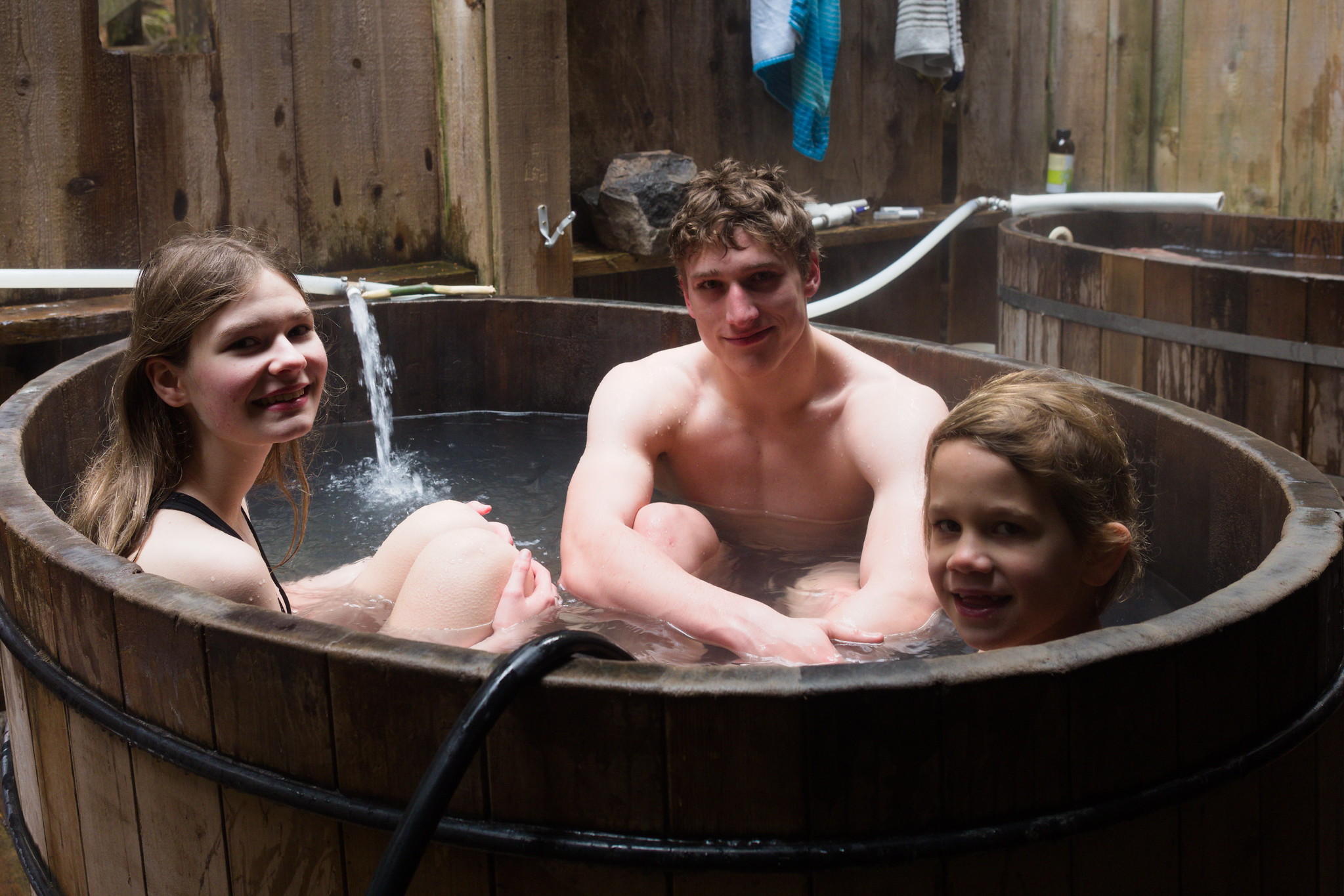
Oregon’s Cascade Range contains rustic cedar soaking tubs fed by natural hot springs that emerge in old-growth forest settings, where the experience feels more like a wilderness adventure than a spa visit. The springs require a moderate hike through the temperate rainforest, creating anticipation that feels well-earned rather than easily accessed.
Local volunteers maintain the hand-built tubs while preserving the springs’ natural character, creating community stewardship that connects modern visitors to the springs’ long history of human use.
Truth or Consequences Hot Springs
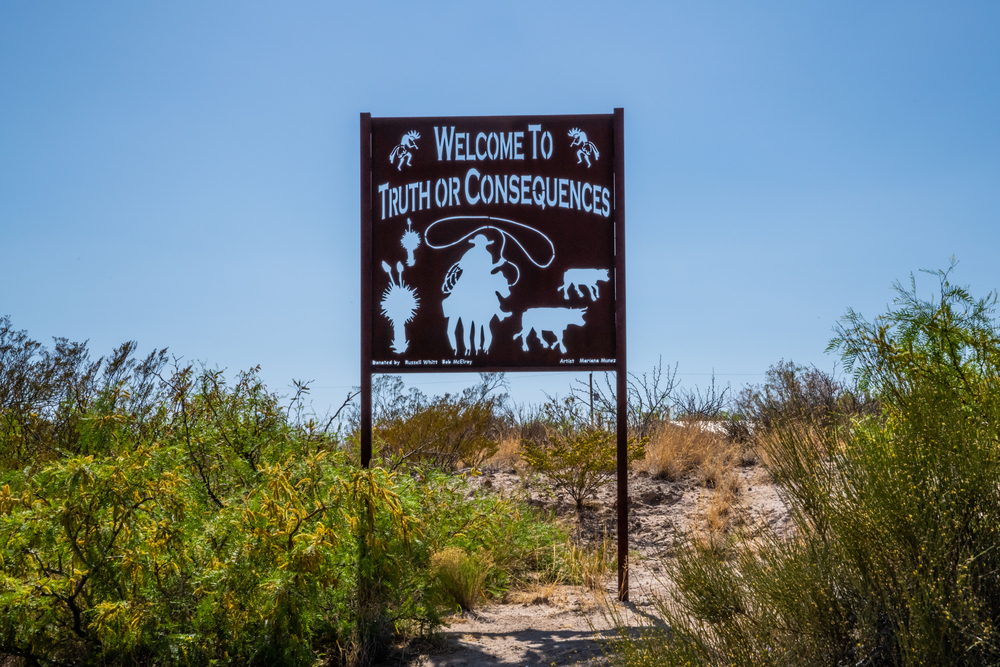
New Mexico’s historic spa town contains numerous hot springs that emerge along the Rio Grande, creating a geothermal district where multiple facilities offer different approaches to natural mineral bathing. The springs range from basic soaking pools to elaborate spa facilities, with temperatures that vary from comfortable bathing to therapeutic heat that requires gradual acclimatization.
The town’s quirky name—adopted in 1950 for a radio show contest—reflects the community’s embrace of its geothermal identity.
Travertine Hot Springs
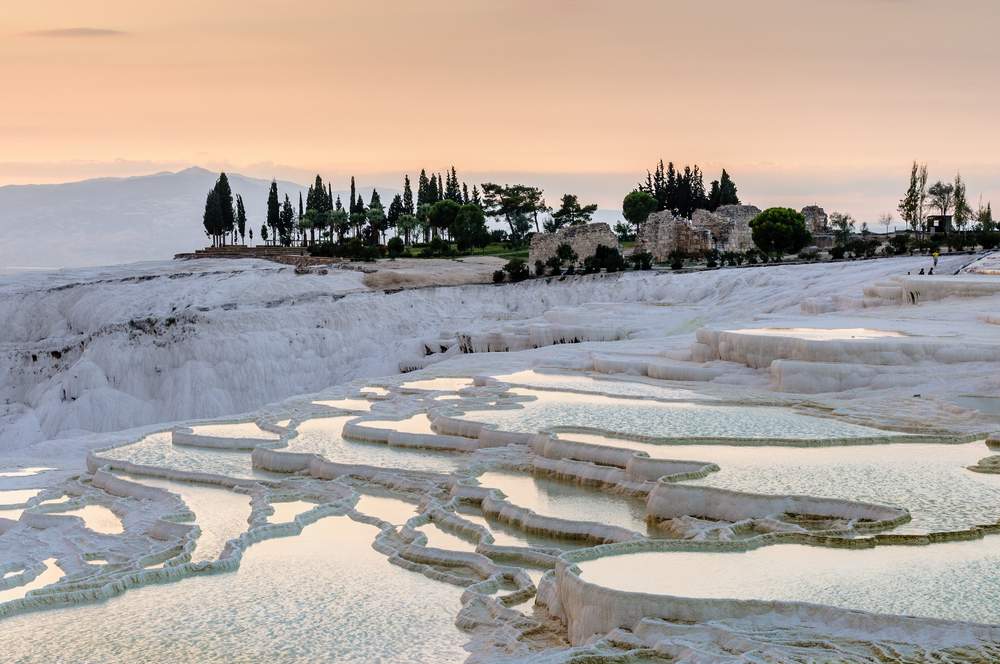
California’s Eastern Sierra springs emerge beside the Owens River, where natural mineral deposits created terraced pools that overlook the Alabama Hills and Sierra Nevada mountains. The springs maintain temperatures around 105 degrees while offering free public access that attracts both locals and travelers exploring the scenic Highway 395 corridor.
Multiple pools at different elevations allow soakers to choose their preferred temperature and view while enjoying some of California’s most dramatic mountain scenery.
Olympic Hot Springs

Washington’s Olympic Peninsula contains springs that emerge in temperate rainforest settings where the experience combines geothermal soaking with wilderness hiking through ecosystems unique to this region in North America. The springs require a moderate hike through old-growth forests, where Roosevelt elk and other wildlife create authentic wilderness encounters.
Multiple pools at different temperatures accommodate varying preferences, while the forest setting provides complete privacy and connection to the Pacific Northwest’s unique natural character.
Burgdorf Hot Springs
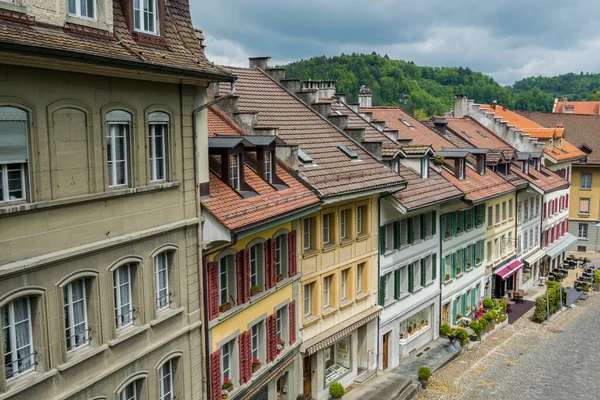
Idaho’s backcountry springs require either a long hike or four-wheel drive access, creating rustic soaking experiences in log cabins that date to the early 1900s. The springs maintain temperatures around 106 degrees while providing overnight accommodations that allow extended stays in settings that feel completely removed from modern life.
Winter access becomes challenging, but rewards hardy visitors with springs surrounded by deep snow and stunning mountain views.
Chena Hot Springs
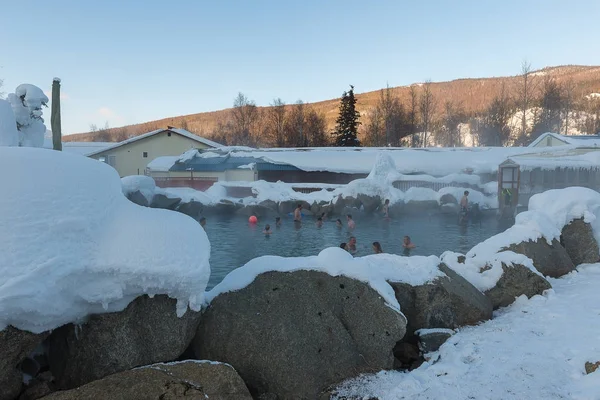
Alaska’s year-round resort operates around natural hot springs that create tropical microclimates despite its location just 60 miles from Fairbanks. The springs maintain temperatures around 106 degrees while supporting aurora viewing opportunities that combine geothermal soaking with some of the world’s best northern lights displays.
The resort’s remote location and extreme seasonal variations create experiences that range from midnight sun soaking to aurora viewing from outdoor pools in sub-zero temperatures.
Liard River Hot Springs
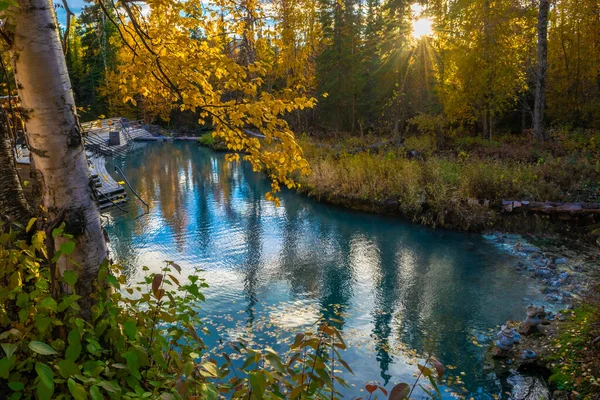
British Columbia’s roadside springs emerge in boreal forest settings along the Alaska Highway, creating tropical oases where palm-like plants thrive despite northern latitudes that should prohibit such growth. The springs maintain temperatures around 108 degrees while supporting unique ecosystems where southern plant species survive through geothermal heat in climates that would normally kill them.
Wooden boardwalks provide access through delicate wetland environments that demonstrate geothermal springs’ ability to create biological anomalies.
Radium Hot Springs
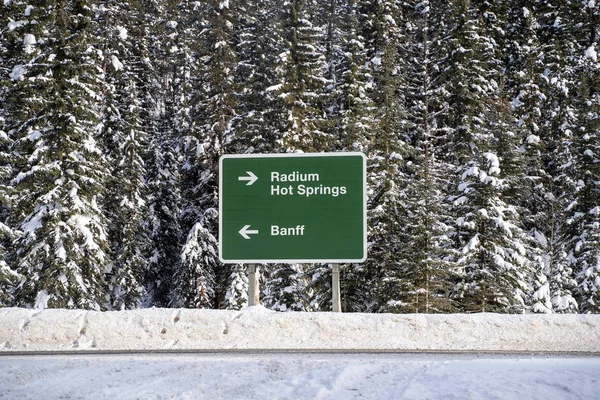
British Columbia’s developed springs sit in the Columbia River valley, where the Canadian Rockies create dramatic backdrops for soaking in mineral-rich waters that emerge from deep limestone aquifers. The springs maintain consistent temperatures while providing both indoor and outdoor soaking options that operate year-round despite mountain weather conditions.
The facility balances natural mineral content with health department requirements, creating experiences that feel natural while meeting modern safety standards.
Miette Hot Springs
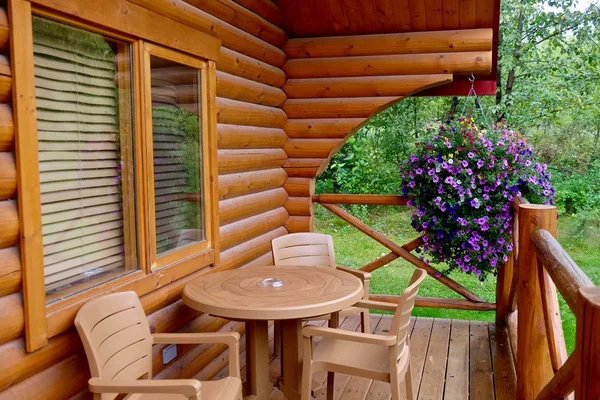
Canada’s hottest springs emerge in Jasper National Park, where temperatures reach 129 degrees before cooling in pools that overlook the Athabasca Valley and surrounding peaks. The springs’ remote location in the Canadian Rockies requires scenic drives through mountain landscapes that make the journey part of the experience.
Multiple pools at different temperatures allow gradual acclimatization while providing soaking options for different comfort levels and therapeutic needs.
Hot Springs Cove
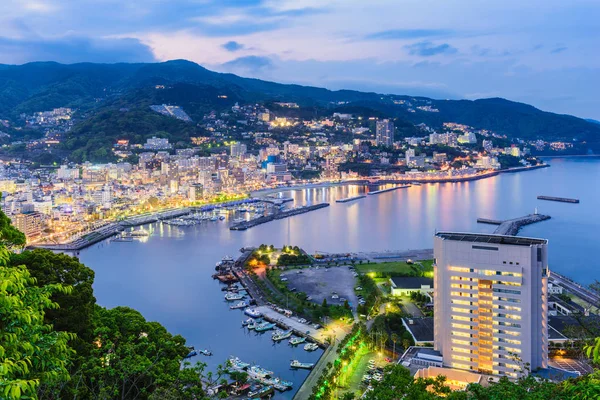
British Columbia’s only hot springs accessible by boat or floatplane emerge on the Pacific coast, where natural rock pools fill with mineral-rich water that mixes with ocean tides. The springs maintain temperatures around 104 degrees while providing soaking experiences that combine geothermal therapy with coastal wilderness adventure.
The remote location in Clayoquot Sound creates experiences that feel like discovering secret natural treasures in one of the world’s last intact temperate rainforest ecosystems.
Takhini Hot Springs

Yukon Territory’s springs operate year-round despite subarctic conditions, creating steamy oases where visitors can soak in 106-degree water while surrounded by boreal forest and mountain landscapes. The springs support hair-freezing contests during winter months when the contrast between hot water and frigid air creates unique photo opportunities.
The facility maintains a rustic character while providing necessary amenities for comfortable soaking in one of North America’s most challenging climates.
Desert Hot Springs
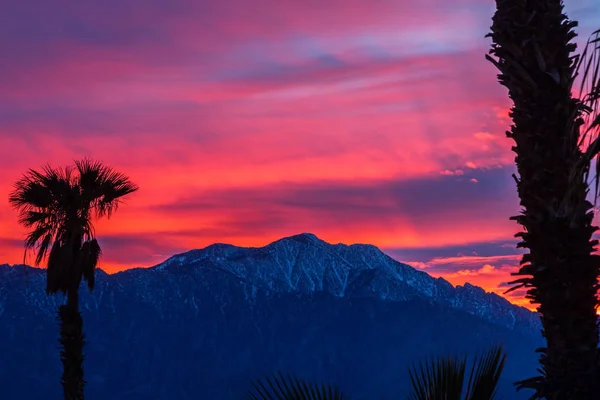
California’s desert community contains numerous natural hot springs that emerge in the Coachella Valley, where underground faults create the geological conditions necessary for geothermal activity. The springs range from basic pools to elaborate resort facilities, with temperatures that vary from comfortable bathing to therapeutic heat that requires careful management.
The desert setting provides year-round outdoor soaking opportunities while the mineral content reflects the unique geology of the Colorado Desert region.
The heat from the Earth’s Heart
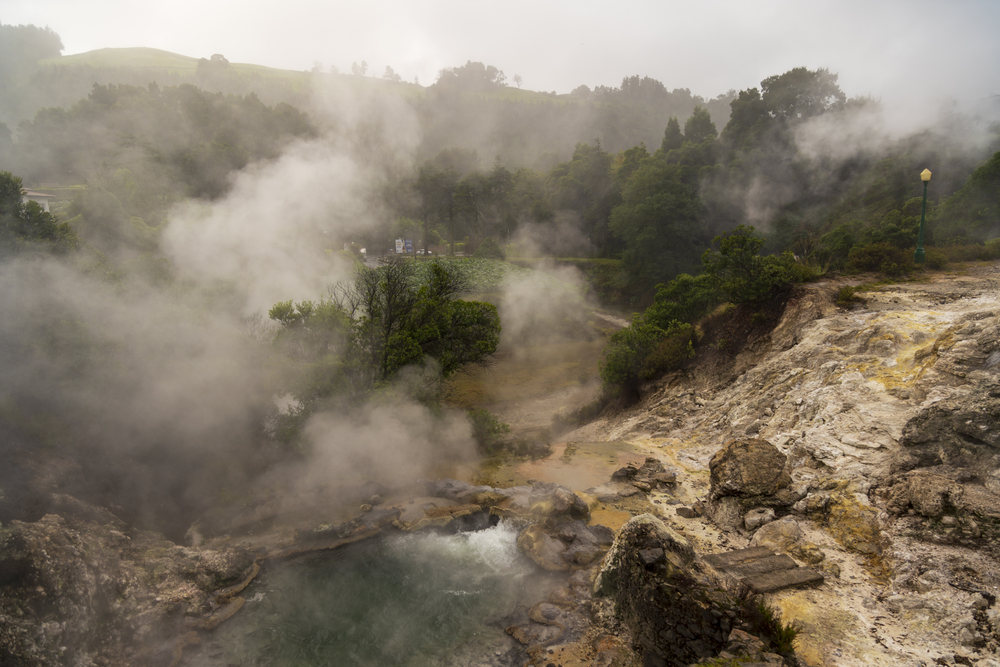
These natural hot springs demonstrate the planet’s internal energy reaching the surface in forms that humans can directly experience—they’re windows into geological processes that operate on scales far beyond human comprehension yet provide immediate, tangible benefits. Each spring reflects unique combinations of geology, hydrology, and surface conditions that create distinct characteristics in temperature, mineral content, and setting.
The therapeutic benefits that draw modern visitors represent the same healing properties that attracted Indigenous communities for thousands of years, proving that some natural treasures transcend cultural and temporal boundaries to provide universal human experiences.
More from Travel Pug

- 20 Best Beach Towns in the Carolinas
- 13 Destinations Where Tourists Regularly Regret Their Trip
- 20 Destinations That Are More Magical Without an Itinerary
- 20 Underrated Adventures That Belong on Your Travel List
- 20 Cities Where You Should Just Wing It, No Planning Required
Like Travel Pug’s content? Follow us on MSN.
